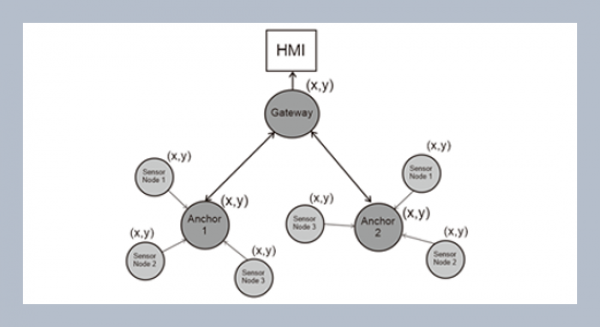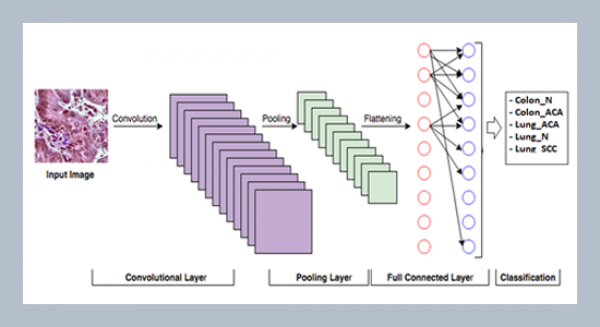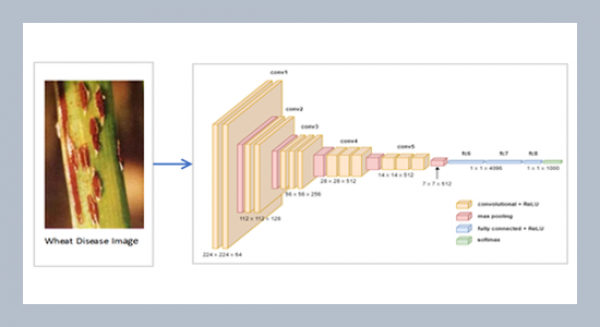Mohd Zubair*, M Shakir Khan, Deepak Verma Department of Applied Physics, F/O Engineering & Technology, Aligarh Muslim University, Aligarh-202002. India
Download Citation:
|
Download PDF
Radium is naturally occurring solid radioactive element in the earths surface and it is chemically similar to calcium and is absorbed from soil by plants and passed up the food chain to humans. High intake or body exposure to radium causes serious health hazards and may result in bone cancer. Track etch technique has been used with LR-115 type II plastic track detector to measure the effective radium content of sand samples collected from the sea coast (Unniyal beach) of Tirur of Malappuram district of Kerala state (India). The value of effective radium content ranges from 45.6 to 226.1 Bq/Kg with an average of 111.9 Bq/Kg. The content of radium observed in the samples of this region is insignificant regarding health related concern.ABSTRACT
Keywords:
Kerala; sand sample; LR-115 type II plastic track detector; track etch technique; radium.
Share this article with your colleagues
REFERENCES
ARTICLE INFORMATION
Accepted:
2011-04-26
Available Online:
2020-12-17
Zubair, M., Khan, M.S., Verma, D. 2011. Radium studies in sand samples collected from sea coast of tirur, Kerala, India using LR-115 plastic track detectors. International Journal of Applied Science and Engineering, 9, 43–47. https://doi.org/10.6703/IJASE.2011.9(1).43
Cite this article:















